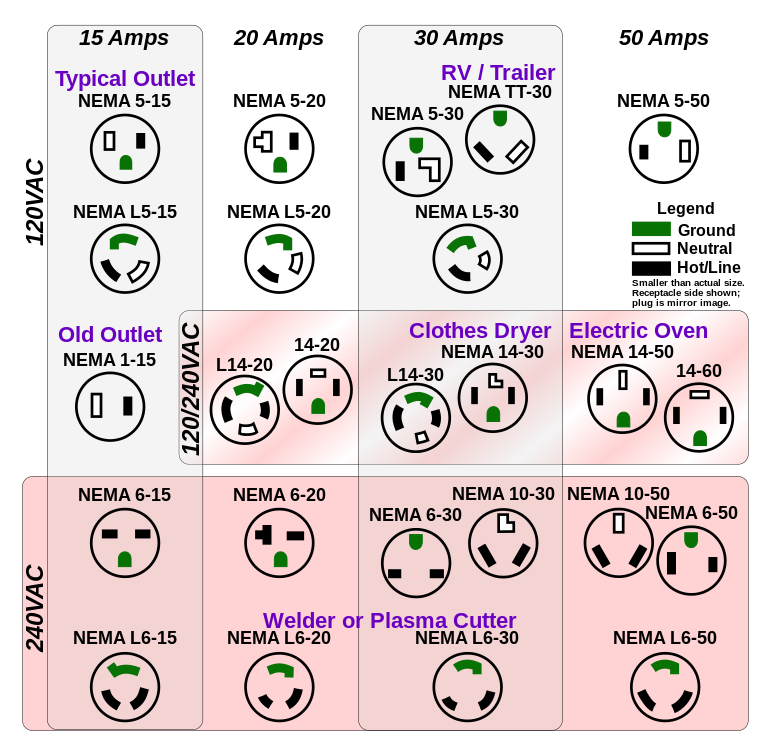I just had a silly discussion with someone about voltages. In Europe the usual voltage is 220 V while in some other places it's 110 V.
So we were discussing how to use European devices abroad and my friend asked, do you think one could just add another plug to the device to get 220 volts from two 110 volt sockets?
While it seems to be an awesome idea it most likely does not work because otherwise everybody would be doing it.
So we started trying to figure out why it cannot work. While we both have no clue, I suggested that the 110 volts means 110 volts in total for the entire house. I wanted to finish this argument by arguing that if you plug in a toaster that uses 60 of the 110 volts then there is only 50 left.
Except I know this is wrong because no device "uses up" part of the voltage.
So my question is:
Please could someone explain to me in detail why (if) it is not possible to use two plugs to get double the voltage?
Or else, if it is possible, how it works?
Edit
Just in response to some of the answers: We have absolutely no intention whatsoever to actually build anything at all. This is of purely theoretical interest to us and we hope that we learn something about electricity in the process. Thank you for your concern.


